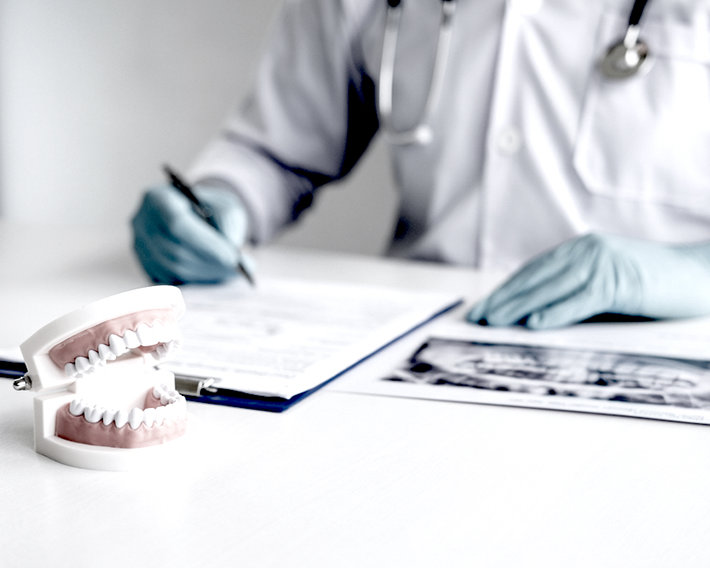Opiates? Hospitals Now Changing Their Approach

One of my colleagues is a veteran nurse who works in a hospital in Baton Rouge. He was born and raised in a sparsely populated, underserved area of Louisiana which is now being devastated by the opioid epidemic. He and I often talk about the opiate epidemic since he’s watching the crisis unfold and living it first-hand.
In our most recent conversation, he talked about how the American approach to pain has changed in the last two decades and how we now equate “good” medical care with a “pain-free” experience. He believes, this approach is flawed. When considering how complicated and relative pain is, it’s hard to disagree.
But in what is clearly a move in the right direction, the voices of medical professionals like my colleague are finally being heard. Across the country, hospitals and health care providers are restructuring their approach to treating pain and addiction. Is this the change that will reverse the tide of opiate addiction in America? Or is it “A little too little, a little too late?”
Hospitals, Pain Relief, and Addiction
According to an article in U.S. News, there have been several instances across the country where hospitals and doctors have adjusted their methods. It’s a sign that practitioners are now realizing the dangers and risks inherent with opiates. They’re making changes to contend with those risks.
These are doctors who have watched patients become addicted to painkillers and have seen big pharma companies being sued for manufacturing those same painkillers. So it makes sense that many are not choosing now to act by reducing the number of opioids they are prescribing.
Good examples are Saint Barnabas Medical Center in New Jersey and other RWJ Barnabas Health facilities that have integrated peer recovery specialist programs into their ERs to help hospital patients who struggle with substance abuse.

In another part of the country, the prestigious Mayo Clinic has begun restructuring their prescribing habits to match the CDC prescribing guidelines. (More on the CDC’s recommendations in the next section).
Heading back to the Northeast, the University of Vermont Medical Center integrated drug treatment into their practices. At this center, the full complement of medical staff approach addiction as a severe health crisis, not a choice or criminal act. The center is working hard not only to help opiate addicts but to reverse the stigma that is so often attached to opiate addiction.
An article in Forbes showed that the Joint Commission is changing its perspective on opiates as well. As the Joint Commission is the accreditor for thousands of U.S. healthcare facilities, when the Joint Commission changes its stance on something, that’s worth paying attention to.
One such change was making Prescription Drug Monitoring Programs, or PDMPs, mandatory for medical organizations everywhere. PDMPs are a great way to detect when a patient is doctor shopping. Historically, the use of PDMPs was voluntary. Now it’s mandatory in order to obtain accreditation with the Joint Commission. Such a move will help prevent people from getting opiate drugs from multiple doctors at the same time.
The CDC Issues Warnings
To curtail the spread of the opiate epidemic, the Centers for Disease Control and Prevention have issued multiple warnings and cautionary statements. These have been directed at both the general public and the medical community.
According to the CDC, the amount of opioids prescribed and sold in the U.S. has quadrupled since 1999. But has the overall amount of pain reported by Americans changed? Not by much. Certainly not a 4X increase. The CDC confirms much of what medical experts today are now realizing. The entire approach to pain in the U.S. has changed.
To get the American people (patients and prescribers alike) to see the unhealthy demand for painkillers, the CDC issued statistics on prescription opioids and how such drugs have harmed us. According to CDC reports:
- More than 40 people die every day from overdoses involving prescription opioids.
- Since 1999, at least 165,000 people have died from overdoses on prescription opiates.
- At least four million Americans use prescription painkillers non-medically every month.
- Every year, enough prescriptions are written for painkillers to give every American adult a bottle of pills.
- As many as one in four patients receiving long-term opioid therapy struggle with opioid dependence.
“Opioids are not first-line therapy. Nonpharmacologic therapy and nonopioid pharmacologic therapy are preferred for chronic pain.”
The CDC has also released cautionary statements and prescribing guidelines for physicians. According to the paper cited above: “Opioids are not first-line therapy. Nonpharmacologic therapy and nonopioid pharmacologic therapy are preferred for chronic pain. Clinicians should consider opioid therapy only if expected benefits for both pain and function are anticipated to outweigh risks to the patient. If opioids are used, they should be combined with nonpharmacologic therapy and nonopioid pharmacologic therapy, as appropriate.”
Changing Our Approach

As we move forward into a new decade, we have to make this the decade where we eliminate the opiate epidemic. That means helping those who are currently addicted to painkillers. The best and safest way to do that is with the help of residential drug treatment centers.
As for preventing more people from becoming hooked on opiates, our focus there has to be one of seeking alternatives to painkillers. And if painkillers are a must, we have to use extreme caution when accepting prescriptions for such drugs. We also need to educate and further inform both the public and the medical community on the risks of opiates.
I’ll leave you with this final cautionary statement from the CDC. Their warning enforces the need for us to be cautious and conservative when it comes to painkillers. “Many Americans suffer from chronic pain. These patients deserve safe and effective pain management. Prescription opioids can help manage some types of pain in the short term. However, we don’t have enough information about the benefits of opioids long term, and we know that there are serious risks of opioid use disorder and overdose, particularly with high dosages and long-term use.”
It’s as simple as that. Opiates come with risk. We should avoid their use and seek alternatives whenever possible.
Sources:
- https://www.usnews.com/news/healthcare-of-tomorrow/articles/2019-11-19/how-hospitals-are-battling-the-opioid-epidemic
- https://www.forbes.com/sites/brucejapsen/2019/01/03/amid-opioid-crisis-the-joint-commission-revises-pain-standards-for-health-facilities/#35b67fad5686
- https://www.cdc.gov/drugoverdose/pdf/guidelines_at-a-glance-a.pdf


 ®
®